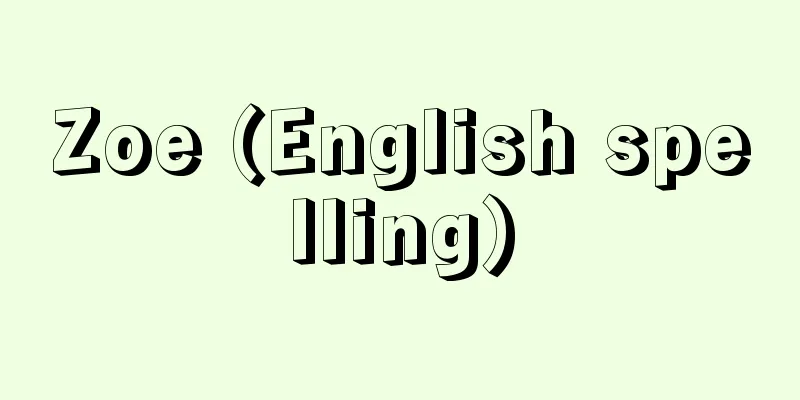Insurance industry

|
In Japan, insurance-related laws and regulations, including the Insurance Business Law enacted in 1939, had not been fundamentally revised for about half a century. However, considering the major changes in the environmental conditions surrounding the insurance industry during this time, a fundamental review was essential. The Insurance Council, an advisory body to the Minister of Finance at the time (since 1998 it has been called the Financial System Council), deliberated for three years and in June 1992 issued a final report entitled "A New Approach to the Insurance Business." After a further two years of expert review from a legal perspective, the Insurance Council submitted a report entitled "Regarding Amendments to the Insurance Business Act, etc." to the Minister of Finance in June 1994. The new Insurance Business Act based on this was promulgated on June 7, 1995, and came into effect on April 1, 1996. The major problems surrounding the new law are as follows: (1) Problem of Concurrent Operation of Life and Non-life Insurance Under the old law, "life insurance business and non-life insurance business cannot be concurrently operated" (old Article 7). In contrast, under the revised law, life insurance and non-life insurance cannot be concurrently operated by the parent company, but mutual entry into the business through subsidiaries is permitted (new Article 106). As a result, subsidiaries of major life insurance companies and non-life insurance companies began operations on October 1, 1996. (2) Mutual entry with other business sectors Under the old law, "insurance companies cannot operate other businesses concurrently" (old Article 5), and under the new law, mutual entry between the insurance industry and the banking or securities industry is also prohibited. However, as one of the fundamental reforms of the Japanese version of the "Big Bang" financial system, mutual entry has become a major issue, and its developments are attracting attention. Japan-U.S. insurance consultations were held on the liberalization of the insurance industry, and were concluded on December 14, 1996. As a result, non-life insurance rates were fully liberalized by July 1998. Furthermore, restrictions on the entry of domestic life and non-life insurance subsidiaries into the so-called third sector, such as accident insurance, were gradually relaxed, with subsidiaries being fully liberalized in January 2001 and the parent companies in July of the same year. [Takuji Kaneko] [Reference] |Source: Shogakukan Encyclopedia Nipponica About Encyclopedia Nipponica Information | Legend |
|
わが国では、1939年(昭和14)に制定された保険業法をはじめとする保険関係法規は、約半世紀の間、抜本的見直しが行われることがなかった。しかし、この間の保険業を取り巻く環境条件の大きな変化を考えると、根本的な見直しは不可欠であった。 そこで、当時の大蔵大臣の諮問機関であった保険審議会(1998年以降金融審議会)は3年にわたる審議の結果を1992年(平成4)6月、「新しい保険事業の在り方」として最終答申した。さらにほぼ2年にわたる法制面からの専門的な検討ののち、94年6月、「保険業法等の改正について」として保険審議会報告を大蔵大臣あて提出した。これに基づいた新保険業法は、95年6月7日に公布、翌96年4月1日に施行された。新法をめぐる大きな問題点は次のとおりである。 (1)生損保兼営問題 旧法では「生命保険事業と損害保険事業は兼営できない」(旧7条)とされていた。これに対し改正法では、生命保険と損害保険は本体では兼営できないが、子会社方式による相互参入が認められた(新106条)。これにより、96年10月1日から大手生保、損保の子会社が営業を開始した。 (2)他業態との相互参入 旧法では「保険会社は他の事業を兼営できない」(旧5条)とされており、新法でも、保険業と銀行業あるいは証券業の間の相互参入については禁止されている。しかし、金融制度の抜本的改革の日本版「ビッグバン」の一つとして、この相互参入が大きな課題となっており、その動向が注目される。 なお、保険業の自由化をめぐって日米保険協議が行われ、1996年12月14日に決着した。これにより、損害保険料率は98年7月までに完全自由化された。さらに、傷害保険などのいわゆる第3分野への国内生保、損保子会社の参入制限は、段階的に緩和して、子会社については2001年1月に完全自由化され、本体については同年7月となった。 [金子卓治] [参照項目] |出典 小学館 日本大百科全書(ニッポニカ)日本大百科全書(ニッポニカ)について 情報 | 凡例 |
<<: Insurance contract - hokenkeiyaku (English spelling) contract of insurance
Recommend
Pantholops hodgsoni; chiru
Order: Artiodactyla, family: Bovidae. Also known a...
Schmaltz, GS (English spelling) SchmaltzGS
… Surface roughness has long been measured by tou...
Chuo Koronsha - Chuo Koronsha
A general publisher centered on the magazine Chuok...
Ebina [city] - Ebina
A city in central Kanagawa Prefecture. It was inco...
cortex
… The surface of the thymus is surrounded by a co...
Khmer Rouge
It means "Red Khmer (people)" in French....
Dairy - Gyuraku
Butter is a type of fat made by solidifying milk f...
Goto Shozaburo
The head of the Edo Shogunate's gold minting (...
Saint-Denis (Reunion Island) (English spelling) Saint Denis
...However, the self-sufficiency rate for food su...
Carpați (English spelling)
…The mountain range that forms part of the Alpine...
Campanula rotundifolia L.
A perennial herb of the Campanulaceae family that ...
Letters
…After Symbolism, modern poetry attempted to reco...
N value - Enuchi
A civil engineering term. It refers to the value ...
Menthiafolin
…It is distributed from Hokkaido to Kyushu, and a...
Relativistic quantum mechanics
Quantum mechanics incorporating the theory of spe...









